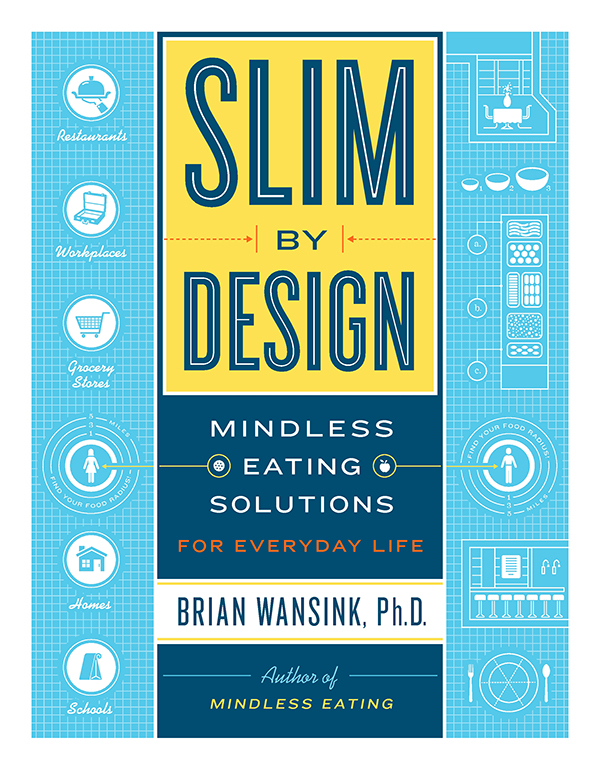5 Ways to stop gaining weight & start losing it

If youâre struggling with your weight, youâre not alone! Statistics show that South Africansâ waistlines are expanding rapidly and in just a decade the prevalence of being overweight has increased from 10,5 to 18,2 per cent! As a nation, weâre eating too much and tucking into the wrong foods.
So what can you do to battle the bulge?
You can start by learning about healthy portion control. âEat less â choose your portion with caution!â is the central theme behind National Nutrition Week 2013 (9 â 15 October) which aims to educate South Africans about portion size.
âIn line with our continued efforts to support South Africans in living healthier lifestyles and promote dietitians as the go-to experts for any nutrition advice, the issues around portion control are close to our hearts and something our dietitians deal with on a daily basis,â says Maryke Gallagher (nee van Zyl) of the Association for Dietetics in South Africa (ADSA).
How to gain 10 kg in a year
How would you like to gain 10 kilograms in a year? Few people would sign up for that, but since portions have grown in the last few decades, South African waistlines are supersizing along with supersized meals.
Dietitian Celynn Erasmus refers to this trend as âportion creepâ because it takes only an additional 1 000 kilojoules (240 calories) a day to gain about 10 kilograms over a year!
Thatâs the equivalent to a 50 gram chocolate bar, a sparsely buttered bread roll, a small kiddiesâ milkshake, a quarter of a tramezzini or a small portion of 10 chips.
How to downsize portions and slim down
Rather than cutting out food groups and going on extreme diets, learn how to downsize when eating out or home.
It takes only an additional 1 000 kilojoules (240 calories) a day to gain about 10 kilograms over a year! Thatâs the equivalent to a 50 gram chocolate bar or a small portion of 10 chips.1. Share portions when eating out
âSharing is caring â donât buy into the idea that what the restaurant is serving you is an appropriate amount of food to eat as it is possible you are getting three to four servings at one meal. Most restaurant meals or take-aways can in fact be shared between two people,â says Erasmus.
For example, a coffee shop muffin can be equal to five slices of buttered bread and jam and provides almost 5 000 kilojoules if served with a small portion of cheese, jam and a pad of butter! Thatâs sobering if you consider that an average inactive adult woman should consume only 6 400 kilojoules daily to maintain her weight.
Even salads can be distorted. Although perceived as healthy, those with generous protein toppings and dressing can be equivalent to a restaurant main meal. Dietitian, Brigitte LeClercq suggests always asking for separate dressing, so you can control how much is used.
2. Avoid mindless social eating
Dietitian Karlien Smit says that people often overeat when there is a large selection of food available, like finger foods at cocktail parties, picnics and buffets.
She suggests dishing up a small plate of snacks and then moving away from the food, focusing instead on conversation with other guests.
3. Drink a glass of water before and during a meal
Dietitian Mariam Forgan suggests including water at every meal as the body confuses thirst with hunger. A tall glass before and a tall glass of water during the meal will make you feel fuller faster, avoiding over indulgence.
4. Eat home cooked meals (without the second helpings)
Eating away from home often means it's difficult to have control over the food that is available. Try eating at home more often and experiment with healthy recipes. Gallagher advises not cooking more than what you and your family will eat, otherwise everyone will have second and maybe third helpings. She also recommends eating slowly so that you eat less.
5. Learn how to measure portion sizes
According to Johannesburg-based dietitian, Cheryl Meyer, many people are not familiar with the appropriate serving sizes.
âEveryone should test themselves every now and again â pour your usual bowl of cereal and then transfer it to a measuring cup!â She suggests always using smaller plates, bowls and glasses allowing for less food on the plate and encouraging better portion control. âAnd never eat out of the box â put your snack in a small bowl or other container or alternatively opt for a single-serving treat.â
Apart from using smaller plates and bowls, dietitian Jade Campbell suggests that lean protein portions should not be bigger than a deck of cards, carbohydrates the size of a tennis ball and fat the size of a dice â and donât forget that half your plate should be filled with salads or vegetables!
Do you need more advice?
Join the #portioncaution Twitter chat on Wednesday, 9 October by following @All4Women. Hosted by ADSA (@ADSA_RD), dietitians and National Nutrition Week partners will be answering questions and sharing tips on healthy portion control in the home and when eating out. Join the live chat between 14h00 and 15h00 by following the hashtag #portioncaution.
Recommended reading: Why South Africans need to downsize food portions
-
4 Ways to avoid unnecessary eating
-
6 Signs You Need to Rethink Your Weight-Loss Plan
Youve probably heard someone say that the definition of insanity is co
-
Easy, Free Weight Loss Plan to Burn Fat
You’ve been trying to lose weight and you’re frustrated.Maybe yo
-
The role of the brain in obesity
-
Top 10 Weight Loss Products You Should Definitely Try
Everybody wants to look slim and good. People work really hard for los
-
The Scary Way Your Relationship Can Impact Your Health
Your relationship can impact your life in a lot of ways, but it may ac
- DON'T MISS
- Bob Harpers Biggest Loser Win Reaction
- 10 GYM-LESS WEIGHT LOSS TIPS
- Do cheat days work for weight loss?
- People Fess Up to—and Celebrate—the Ways They Secretly Cheat on Their Diets
- 3 Simple Ways To Get Rid Of Back Fat
- The perfect weight-loss pantry: So, what about sugar?
- 10 TIPS ON HOW TO REDUCE DOUBLE CHIN
- Fashionable Nutrition Myths: Stop complicating your weight loss
- 6 Simple ways to speed up your metabolism
- 13 Fruits that burn calories




